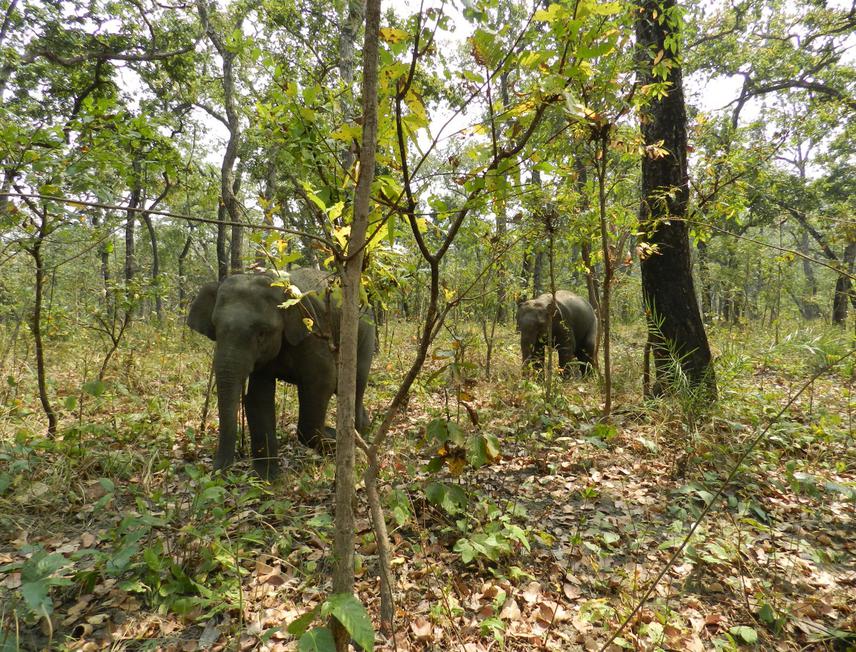Articles featuring the project.
Raj Kumar Koirala
Other projects
11 Sep 2014
Diet, Nutrition and Movement Pattern of Asian Elephant (Elephus maximus) in Nepal
The present study will be undertaken to understand the utilisation pattern of the food plants of migratory elephants as part of their feeding strategy concerning nutritive values.

Eastern Nepal, especially Jhapa district, is the hotspot of human-elephant conflict in Nepal. This area gets hundreds of migratory herd from the elephant population of West Bengal and Assam states of India. The trans-boundary forest connectivity of eastern Nepal with West Bengal, Western Bhutan and Assam show rich biological constituent and give trans-boundary corridors for gene flow, increasing the global importance of the region for conservation. However, the human population increment due to migration generated more demand for the resources and as a result more pressure on the forests. Fragmentation of habitats in this region occurs primarily through agricultural expansion, infrastructure development, tea plantation, and unregulated expansion of human settlements.
In my previous studies, substantial information on the seasonal pattern of utilisation of nutrients from different commercial provisioned foods, crops and wild plants, were assessed for the captive, domestic and resident wild elephants. However, no study was exclusively designed and carried out on the utilisation pattern of various native plants and crop species targeted by migratory wild elephants and their nutritive values in Nepal. Despite being the same species, the pattern of nutrient choice of these groups of elephants may differ due to the variation of nutrient demand caused by the different level of physical activities because of their ranging behaviour. This study will provide an opportunity to perform detailed estimation of the patterns of nutrient availability and nutrient utilisation by the migratory herd of Asian elephants in this region. The nutrient intake pattern provides valuable information on the nutritional composition of the study animals and can be compared with the composition of the wild food and crops targeted by elephants in our earlier studies. This study will also further explain whether the crop raiding is likely due to the deficit of different types of plant food and associated nutrients or simply a chance occurrence due to availability. Such information is critical for understanding the habitat requirements of elephants, and for optimising conservation efforts in the face of increased human demands.